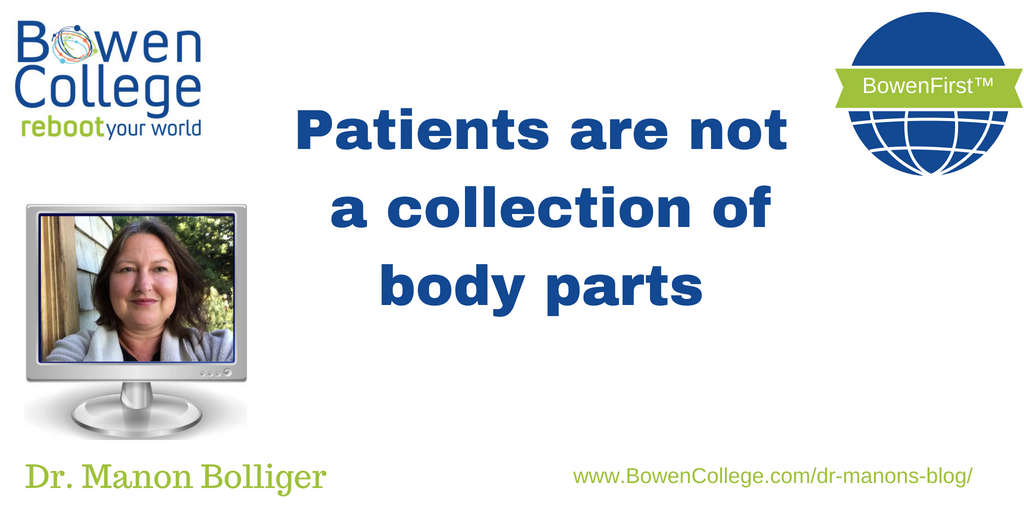Having considered the subjective and objective aspect of the SOAP process, today I want to discuss the last two parts of that acronym: the assessment and plan steps. I’ll lean on current research in psychoneuroimmunology and pain to illustrate that the categories used for “diagnosis” are too limited, failing to inform a “plan” based on insights from that research.
Assessment is crucial; it determines the Plan. This is the place and time that we evaluate and make sense of the entire symptomatology. My practice has uniquely positioned me to study and extend understanding of the various aspects that come into play in assessing the patient’s symptoms. The tendency to classify and match diseases with “appropriate” drugs is very limited; the patient’s symptomatology may not always fit neatly within existing categories. Real conditions might not be treated at all or only managed by diminishing or inhibiting symptoms.
More often than not, the patient’s body is roughly compartmentalization into medical subcategories. Every body part that produces a symptom gets its own prescription, but the overall state of the patient is barely improved. Nothing reaches the underlying why behind all the accumulation of symptoms, and nothing speaks to the patient as a whole.
The problem though goes even deeper: the disease may actually manifest a dysfunctional internal state. And if so, how can any therapy to “attack” an invading condition strengthen the patient’s underlining terrain? Our assessment is based on what we perceive is happening, which is informed by our theoretical framework. So any sound assessment and plan for treatment must be informed by a valid theoretical framework. In my next post I’ll discuss how the mind-body connection gets us going in the right direction for such a framework.










From our (human) point of view, we might accept being an assembly (not collection) of parts. However even in a machine the alignment plays a critical role. If the best available components a are not aligned correctly, the machine may malfunction, jam or even explode. It is hard to believe that you have to remind these to highly educated people and they object or ignore it. I admire your patience and hope you’ll reach the widest audience.
Stan
Hi Stan, Yes, alignment is so important to find the balance our bodies need; we remind ourselves people including practitioners come broken and imperfect both in body, heart, and mind. Patience is just a small part of what it means to value the condition of another. Thank you for your encouragement, we too, wish to reach the largest audience. What I find even more amazing is the transformation I see in those searching for another perspective they resonate with. This tells one, intuition and merely listening to our bodies is often underestimated, as are people. Best in Health and I look forward to hearing back from you in other blogs!